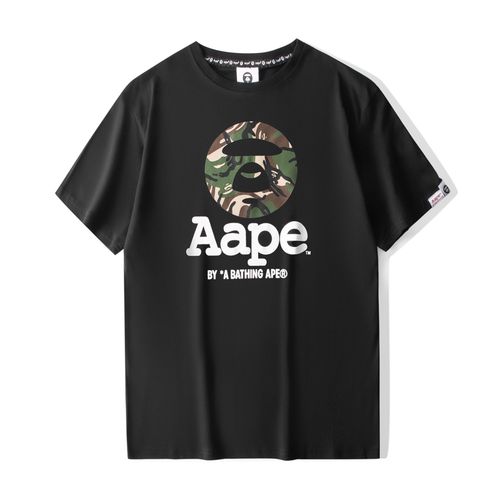The design inspiration of traditional clothing comes from many aspects, and they integrate factors such as history, culture, national characteristics and environment. The following is an analysis of some common traditional clothing design elements and their beauty:
1. Color: Traditional clothing often uses rich and colorful colors, which represent different meaning and symbolism. For example, red represents joy and blessing, yellow symbolizes noble status, and blue represents freshness and wisdom. The use of these colors makes traditional clothing more dynamic and attractive.
2. Patterns and patterns: Traditional clothing often uses various patterns and patterns, which contain rich cultural connotations and symbolic meanings. Flowers, animals, natural elements, etc. are all common sources of patterns. These patterns are not only beautiful, but also carry historical inheritance and cultural memory.
3. Cut and style: The cut and style of traditional clothing have their own unique features. For example, Chinese Hanfu is famous for its drapey lines and unique cuff design; Japanese kimono is characterized by simple design and elegant posture. The designs of these cuts and styles follow traditional cultural and aesthetic concepts, showing classic beauty.
4. Details and decoration: Traditional clothing pays attention to details and decoration, and often uses embroidery, brocade, gold tracing and other techniques to add a sense of magnificence and sophistication. Delicate handcraftsmanship gives traditional clothing unique texture and value.
5. Etiquette and dress: Traditional clothing is closely linked to social etiquette in design. They carry cultural heritage and are symbols of respect and identity on specific occasions and festivals. The design of traditional dresses emphasizes symmetry, balance, majesty and appropriate decoration, showing the overall harmonious beauty.
By studying and analyzing the beauty of traditional clothing design elements, we can better understand and appreciate the cultural connotation and historical accumulation conveyed by traditional clothing. At the same time, combining these elements with modern fashion can also create unique and innovative design works.






